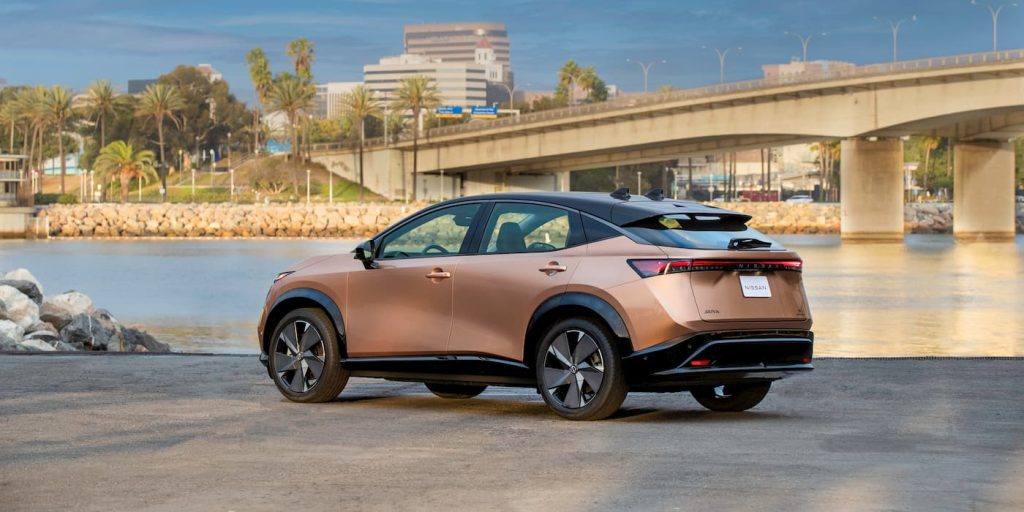Nissan Ariya is running one-third short of planned production. The vehicle was introduced in 2020, the automaker’s second global electric vehicle. Where the first was LEAF that was released in 2010, being one of the mass-market EVs. As LEAF slowly faded into the background, as new vehicles starting entering the EV market.

The Nissan Ariya was designed to spark life into the brand and carry it into the new era starting in 2021, and after several delays, it was finally released last year with an MSRP of $43,190. Earlier this week, it was reported that Nissan was voluntarily recalling 1,063 Ariya electric SUVs “out of an abundance of caution” after three incidents of the steering wheel coming loose or detaching completely. According to a new report from Reuters, the Nissan Ariya is facing another setback, with supply shortages hindering production.
Three sources familiar with the matter along with planning notes reviewed by Reuters show Nissan Ariya production is running at least one-third below planned levels. Part of Nissan’s new EV powertrain approach involves combining electric vehicle and hybrid model production on the same line, which is proving to be “an extremely, extremely high challenge,” according to one of the sources. Furthermore, after a fire broke out at Chinese supplier Wuxi Welnew Micro-Electronic’s factory in January, Nissan has been facing a shortage of plating for electronic components.
EV strategy
The Ariya was part of Nissan’s initial Ambition 2030 EV strategy, which the Japanese automaker has since updated to bolster its electric offerings to include 19 new EVs by the end of the decade. Nissan has aimed for production levels of around 400 Ariya EVs per day, which would amount to over 100,000 per year, but it’s expected to fall significantly short of that with the latest supply and manufacturing bottlenecks.
Ambition 2030 also includes targets for Nissan’s future sales mix. In the next five years (by 2026), Nissan wants to sell 75% “electrified” vehicles in Europe, 55% in Japan, and 40% in China. It also wants to reach 40% “electrified” vehicles in the US by 2030, and a 50% “electrified” mix globally by the same year. In this context, “electrification” does not only include all-electric vehicles, but also hybrids like Nissan’s e-Power system. Nissan did not specify what percentage of its “electrified” sales will still consist of poisonous gas-burners. To give a sense of what Nissan’s future EVs might look like, the company revealed four concepts: Chill-Out, Max-Out, Surf-Out, and Hang-Out. These take the form of a crossover, a low-slung convertible sports car, an adventure truck, and a mobile living room with rotating seats.












